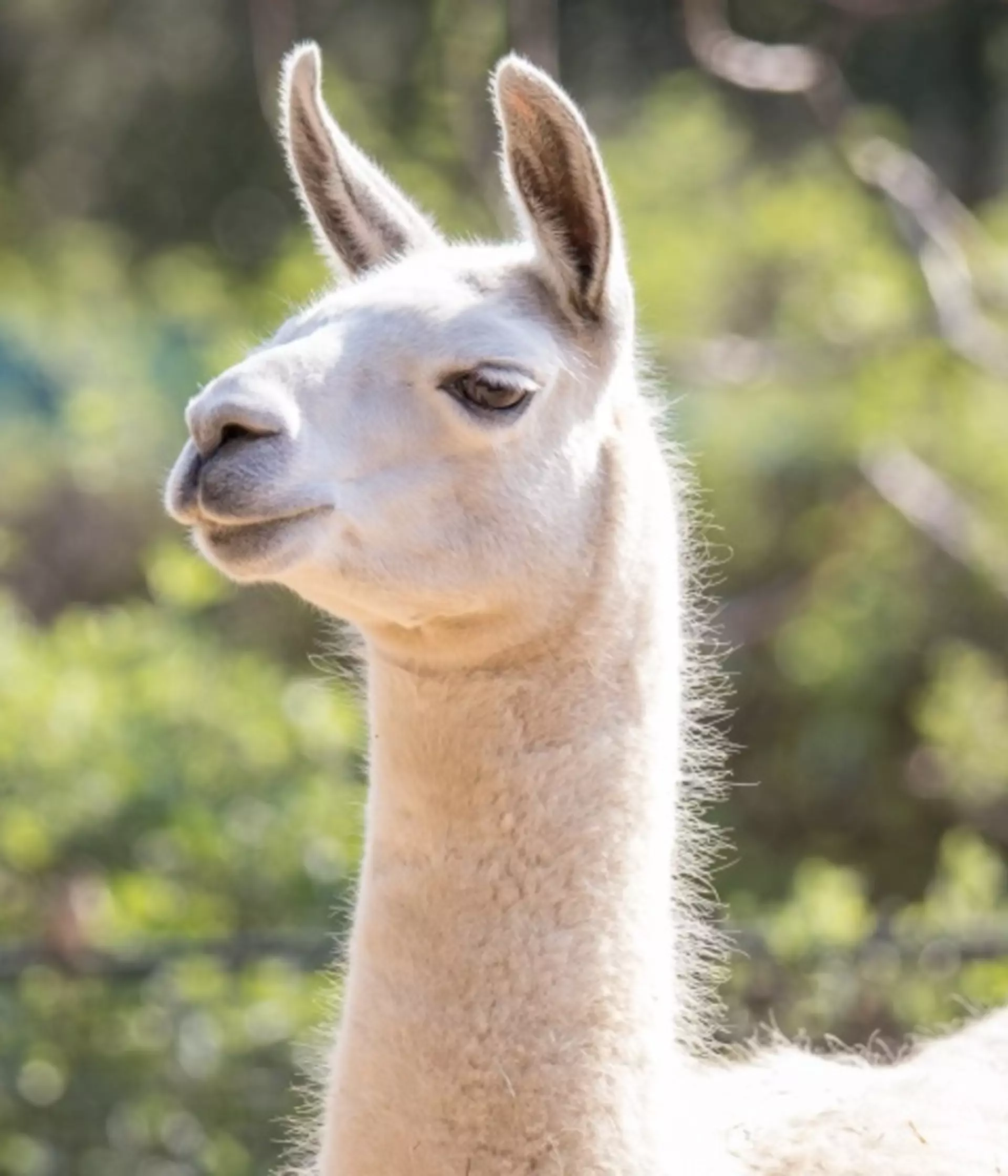
Llama facts
Llamas are more often found working as domestic livestock than in the wild. They’re adapted to survive in high altitude environments as their oval red blood cells and high haemoglobin bloodstream equips them to live in areas with low oxygen levels. As highly sociable animals, they live in groups of up to 20 and will even adopt sheep into the pack. Due to their vocal and physical nature these groups can be loud and rowdy.
What do llamas look like?
Relatively large and intimidating mammals, llamas have long necks and aggressive protruding lower incisors. Their coat patterns vary in colour and their thick wool is perfect for warm fleece They have padded feet that allow them to graze areas without doing too much damage.

What do llamas eat?
Grasses, shrubs and most types of vegetation they come in contact with. Like many animals that live in dry areas they get most of their moisture from food.
Whipsnade Zoo farmland animals
Llama habitat
Andean highland plateaus covered in low vegetation
Where do llamas live?
South America: Argentina, Ecuador, Chile, Bolivia and Peru
Llama threats
Coyotes, mountain lions and other big cats
Get the full farm experience at Whipsnade Zoo, which has donkeys, alpacas, goats and even a Guinea pig village!
